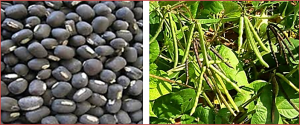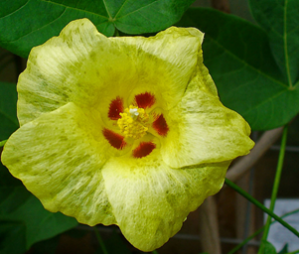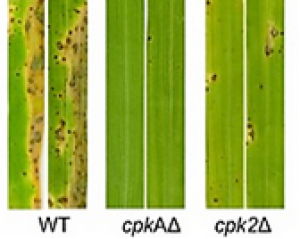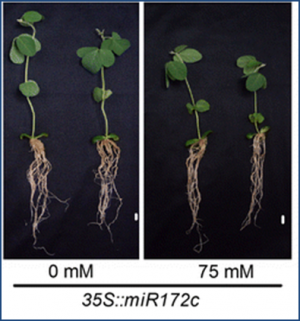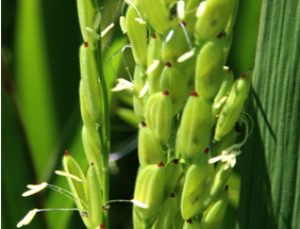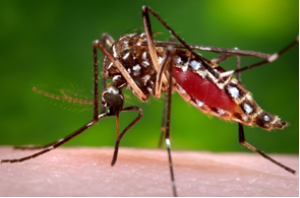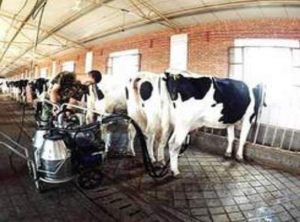Vigna mungo (Urdbean) is cultivated in the tropical and sub-tropical continental region of Asia. It is not only important source of dietary protein and nutritional elements, but also of immense value to human health due to medicinal properties. Yellow mosaic disease caused by Mungbean Yellow Mosaic India Virus is known to incur huge loss to crop, adversely affecting crop yield.
Aflatoxin contamination, caused by fungal pathogen Aspergillus flavus, is a major quality and health problem delimiting the trade and consumption of groundnut (Arachis hypogaea L.) worldwide. RNA-seq approach was deployed to understand the host-pathogen interaction by identifying differentially expressed genes (DEGs) for resistance to in-vitro seed colonization (IVSC) at four critical stages after inoculation in J 11 (resistant) and JL 24 (susceptible) genotypes of groundnut.
Long-distance insular dispersal is associated with divergence and speciation because of founder effects and strong genetic drift. The cotton tribe (Gossypieae) has experienced multiple trans-oceanic dispersals, generating an aggregate geographic range that encompasses much of the tropics and subtropics worldwide. Two genera in the Gossypieae, Kokia and Gossypioides, exhibit a remarkable geographic disjunction, being restricted to the Hawaiian Islands and Madagascar/East Africa, respectively.
The cAMP-Protein Kinase A signaling, anchored on CpkA, is necessary for appressorium development and host penetration, but indispensable for infectious growth in Magnaporthe oryzae. In this study, we identified and characterized the gene encoding the second catalytic subunit, CPK2, whose expression was found to be lower compared to CPKA at various stages of pathogenic growth in M. oryzae. Deletion of CPK2 caused no alterations in vegetative growth, conidiation, appressorium formation, or pathogenicity.
Effective weed control can protect yields of cassava (Manihot esculenta) storage roots (Doll and Piedrahita Cañola, 1978). Farmers could benefit from using herbicide with a tolerant cultivar. We applied traditional transgenesis and gene editing to generate robust glyphosate tolerance in cassava. By comparing promoters regulating expression of transformed 5-enolpyruvylshikimate-3-phosphate synthase (EPSPS) genes with various paired amino acid substitutions
Here we showed that miR172c is greatly induced by salt stress in soybean. Overexpression of miR172c and knockdown of miR172c activity resulted in substantially increased and reduced root sensitivity to salt stress, respectively. Furthermore, we show that the target gene NNC1 (Nodule Number Control 1) of miR172c was downregulated by salt stress. The transgenic roots overexpressing or knocking down NNC1 expression also exhibited the altered root sensitivity to salt stress.
Plant immune response is associated with a large-scale transcriptional reprogramming, which is regulated by numerous transcription regulators such as the Elongator complex. Elongator is a multitasking protein complex involved in diverse cellular processes, including histone modification, DNA methylation, and tRNA modification. In recent years, Elongator is emerging as a key regulator of plant immune responses.
Our previous findings on the screening of a large-pool of activation tagged rice plants grown under limited water conditions revealed the activation of Ribosomal Protein Large (RPL) subunit genes, RPL6 and RPL23A in two mutants that exhibited high water-use efficiency (WUE) with the genes getting activated by the integrated 4x enhancers (Moin et al., 2016a).
Aedes aegypti is the principal vector of multiple arboviruses that significantly affect human health, including dengue, chikungunya, and zika. Development of tools for efficient genome engineering in this mosquito will not only lay the foundation for the application of genetic control strategies, but will also accelerate basic research on key biological processes involved in disease transmission.
US agriculture was modeled to determine impacts of removing farmed animals on food supply adequacy and greenhouse gas (GHG) emissions. The modeled system without animals increased total food production (23%), altered foods available for domestic consumption, and decreased agricultural US GHGs (28%), but only reduced total US GHG by 2.6 percentage units. Compared with systems with animals, diets formulated for the US population in the plants-only systems had greater excess of dietary energy and resulted in a greater number of deficiencies in essential nutrients.


 Curently online :
Curently online :
 Total visitors :
Total visitors :
